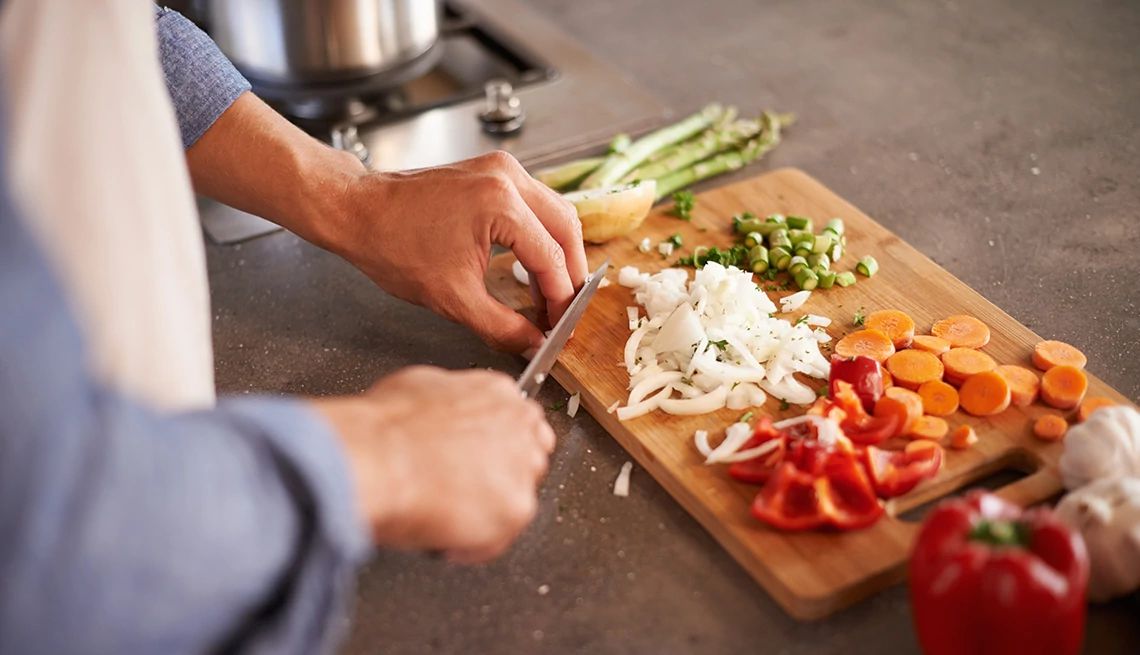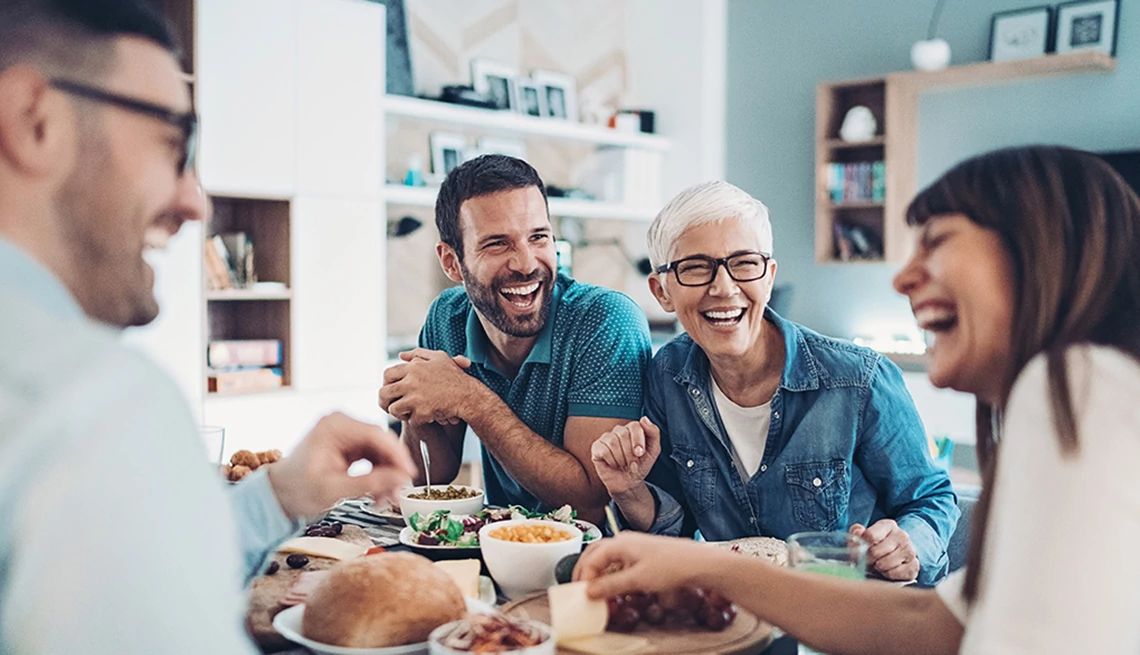Challenges


Quick Win
The most successful parties have a clear purpose, so start by asking yourself why you want to get people together.
Try This Today
- Consider your party’s purpose. For example, if you are planning a birthday party, the overarching reason may be to mark the year, but try going deeper. Why do you really want to get people together? To surround yourself with the people who bring out the best in you? To reconnect with siblings? “Having a purpose simply means knowing why you’re gathering and doing your participants the honor of being convened for a reason. And once you have that purpose in mind, you will suddenly find it easier to make all the decisions that a gathering requires,” writes group facilitator Priya Parker in her book The Art of Gathering: How We Meet and Why It Matters.
- Decide on the size of your guest list. Groups of six are conducive to intimacy and high levels of sharing, Parker says. Groups of 12 to 15 are small enough to build trust but large enough for “a certain quotient of mystery and intrigue.” Groups of 30 will feel like a party with “that buzz, that crackle of energy, that sense of possibility that attaches to parties.”
- Choose a venue. Is it an informal gathering or a formal dinner party? Is it in your backyard or at a restaurant or a park? Remember that people like to be close together — that’s one reason everyone usually ends up in the kitchen. Don’t choose a space that will overwhelm your group.
Why
“Humans share a fundamental need to interact with other people,” according to AARP’s Global Council on Brain Health 2017 report “The Brain and Social Connectedness.” And, the report adds, “from a brain health perspective, research suggests that older people who are more socially engaged and have larger social networks tend to have a higher level of cognitive function.” Throwing a party can be an ideal way to engage with your circle of friends and deepen your connections — and your bash will be even more special if you’re mindful about how you plan it. “Gatherings crackle and flourish when real thought goes into them, when structure is baked into them, and when a host has the curiosity, willingness and generosity of spirit to try,” Parker writes.











More From Staying Sharp
Switch to Analog
Ditch the digital, at least on occasion
Make Video Chats More Meaningful
Here’s how to feel more connected when video calling a faraway loved one
Protect Your Privacy
Opt out of being tracked online